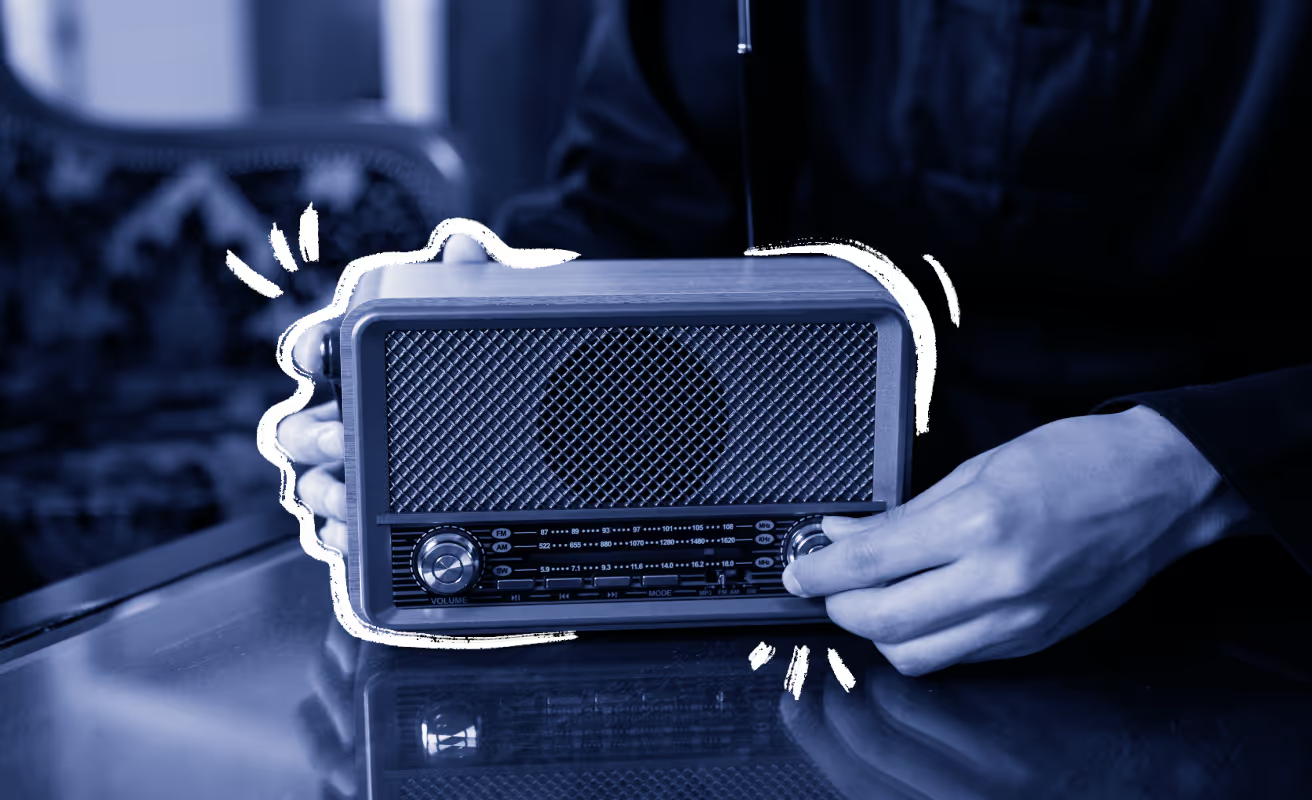Recommended for You
Discover the power of radio in delivering music care for dementia
Listening to music on the radio can be one of the easiest ways to access music. There are some things you can do when listening to the radio that can make it a more intentional activity as part of dementia care
Why radio is an effective part of music care
Music-based radio stations can help stimulate memories which can be reassuring and enjoyable. Tuning into a favourite station can create a sense of being part of a community, support daily care routines and provide motivation for daily tasks
Making time within your day to listen to music can help to calm and soothe, or energise and enthuse, supporting your health and wellbeing. Listening to a favourite station together creates a shared musical moment which could spark conversation and bring joy

Discover the power of radio in delivering music care for dementia
Listening to music on the radio can be one of the easiest ways to access music. There are some things you can do when listening to the radio that can make it a more intentional activity as part of dementia care
Why radio is an effective part of music care
Music-based radio stations can help stimulate memories which can be reassuring and enjoyable. Tuning into a favourite station can create a sense of being part of a community, support daily care routines and provide motivation for daily tasks
Making time within your day to listen to music can help to calm and soothe, or energise and enthuse, supporting your health and wellbeing. Listening to a favourite station together creates a shared musical moment which could spark conversation and bring joy

Resources for
Radio
Music for My Mind
BBC Music Memories
Merseyside Dementia Friendly Radio



